Estimated reading time: 12 minutes
Are you considering importing sports and fitness from China? This idea might sound very attractive. Chinese manufacturers, with their lower labor costs, often offer more competitive pricing. What does this mean for you? Well, it allows for higher profit margins and the potential to earn more money.
However, this process is not without its challenges. You need to not only verify Chinese suppliers’ legitimacy but also learn how to contact Chinese manufacturers effectively. Be aware that some Chinese suppliers may deceive their clients by providing bad products or reducing the quantity of goods.
Don’t worry. In this article, we will guide you through the process of importing sports and fitness products from China in detail. We will also provide solutions to potential risks that may arise during this process.
Table of Contents
ToggleWhy Import Sports & Fitness from China?
China is renowned for its manufacturing capabilities and low production costs, making it highly competitive in terms of price and production efficiency when it comes to importing sports and fitness equipment. Moreover, Chinese suppliers have extensive manufacturing experience, offering a wide variety of product choices. Therefore, many companies are very interested in importing sports and fitness products from China.
China produces up to 60% of the world’s Sports equipment, excluding apparel and shoes. Due to lower labor and production costs, many companies have been sourcing from the country.
New source: finance.yahoo
What are the benefits of Importing Sports & Fitness from China?
Low labor costs, a diverse range of product types, and efficient production capabilities are the main reasons you should consider importing sports and fitness products from China.
1. Low Production Cost
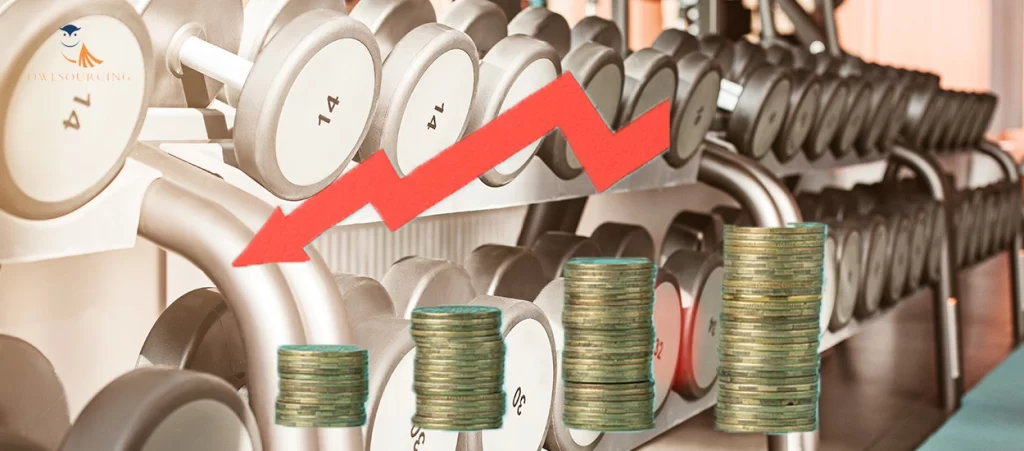
China benefits from economies of scale, allowing its vast manufacturing sector to produce large quantities of products at a lower unit cost. This high-volume production reduces the overall cost of manufacturing.
Additionally, labor costs in China are lower compared to many countries. According to data from Statista, the labor cost per hour in Chinese manufacturing is $5.50. In contrast, the average manufacturing labor cost in the USA is about $26.53 per hour – almost five times that of China!
Opting to produce sports and fitness products in the United States would be a significantly more expensive choice.
2. Diverse Product Range

There are many types of sports and fitness equipment, but Chinese manufacturers, with their extensive production experience and diverse manufacturing infrastructure, are able to offer a wide variety of fitness equipment for you to choose from.
3. Customization and Flexibility
Since most Chinese suppliers have their own manufacturing facilities, they are capable of meeting a wide range of customization needs. You can provide them with specific designs, features, and brand logos to create unique products tailored to market preferences.
The market is not static; you need to adapt your sales strategies based on market sales performance and preferences.
4. Large Scale Production Capability
China’s large population base means that there is always a workforce willing to work. This capacity allows Chinese factories to manage sizeable production demands, particularly those necessitating manual labor, at low costs, and also ensures the capability for mass production.
Moreover, you have the option to rebrand products from China with your own brand identity through private labeling. Many brands on platforms like Amazon utilize Chinese factories for such private labeling and product customizations.
How to Import Sports & Fitness from China?
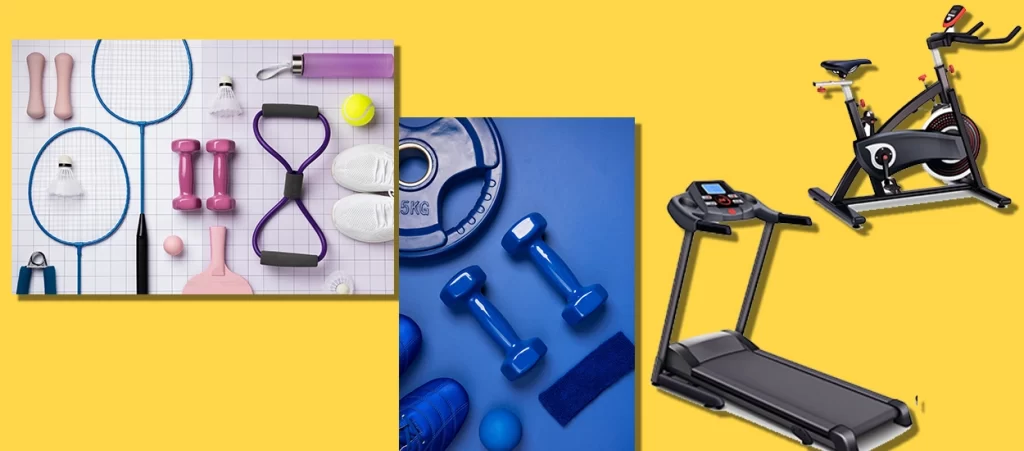
There are 7 steps to importing sports and fitness from China: research the products, verify China suppliers, order samples of products from Chinese suppliers, negotiate terms, ship, clear customs, and inspect goods.
Here is a closer look at each step.
Step 1: Research the types of gym equipment
Gym equipment varies in type based on different fitness goals and exercise needs, thus catering to diverse audience groups. Before sourcing from China, you need to research the market and types of gym equipment. Select the product types that best fit your needs based on market reports. Additionally, we have compiled information on types of gym equipment for your reference:
Based on fitness goals, the main categories are divided into the following products:
- Cardiovascular Equipment: Includes treadmills, elliptical machines, stationary bikes, etc. Primarily used to improve cardiovascular health, increase endurance, and burn calories.
- Strength Training Equipment: Such as free weights, weight machines, power racks, etc. Used for enhancing muscle strength, improving muscular endurance, and muscle mass.
- Functional Training Equipment: Includes medicine balls, resistance bands, battle ropes, etc. Mainly used to improve functional strength, coordination, and overall fitness.
- Bodyweight and Flexibility Equipment: Such as pull-up bars, yoga mats, foam rollers, etc. Used to increase flexibility, balance, and core stability.
- Group Exercise Equipment: Such as aerobic steps, exercise balls, jump ropes, etc. Mainly used to provide a variety of exercises in a group workout setting, enhancing cardiovascular function and coordination.
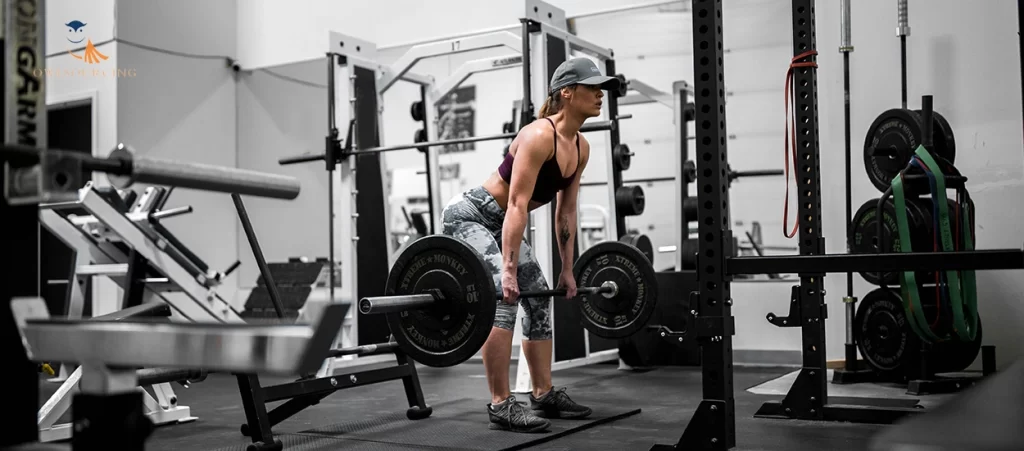
Selecting the best type of gym equipment based on your market demand can aid in product sales.
Step 2: Verify China Supplier
Often, this step is overlooked, but it is crucial in determining whether your first move is the right one. In China, some suppliers may only appear to be reputable. However, the market is rife with various types of scams, not limited to counterfeit and substandard products. There are even some suppliers posing as fake companies! If you attempt to visit their factories, they might come up with various excuses to refuse you, simply because they do not exist!
Therefore, please verify the legitimacy of your supplier before placing an order.
For further information, read this article: How to Verify Chinese Supplier’s Legitimacy?
Tip: How to find sports & fitness manufacturers in China?
In our blog post, we provide detailed information on how to find a manufacturer in China.
Typically, you can use online B2B marketplaces like Alibaba, Made-in-China.com, and other online research and forums. If you have spare time or happen to be in China, you can directly visit local markets to select the most suitable supplier. In China, you can go to provinces like Zhejiang, Guangdong, and Shandong to find the best gym equipment manufacturers. You may also consider attending Chinese trade fairs, such as the Canton Fair, one of China’s most famous trade shows, where you can find suppliers for various products.
Of course, if you don’t have the time or are concerned about the professionalism of online platforms, please contact us. Owlsourcing is a global sourcing agent that assists in importing sports and fitness products from China. Our professional team can find reliable manufacturers for you, offering a one-stop service from procurement to transportation.

Step 3: Order samples of products from Chinese suppliers
After finding a suitable Chinese supplier for sports and fitness, don’t rush to place an order. Buying product samples from China can help you assess the quality of the products to ensure they meet your standards and expectations.
These samples serve another purpose as well – they can be used for market testing to gauge target customers’ reactions to the equipment. If they express enthusiasm for the products, you can confidently place large orders. Conversely, if your target customers have reservations about these products, based on the feedback from the samples, you can request the supplier to make necessary improvements or customizations to better meet market demands.
Step 4: Negotiate Terms
Discuss and negotiate terms including prices, payment terms, minimum order quantities, lead times, and after-sales service. Clearly outline the product specifications to ensure there are no misunderstandings. Draft a formal contract or purchase agreement that includes all agreed terms.
Also Read:
- NDAs Work
- Permits and Licenses When Importing from Asia
- Purchase Order and Proforma Invoice
- Warranties & Refunds When Buying From China
Step 5: Shipping and Logistics
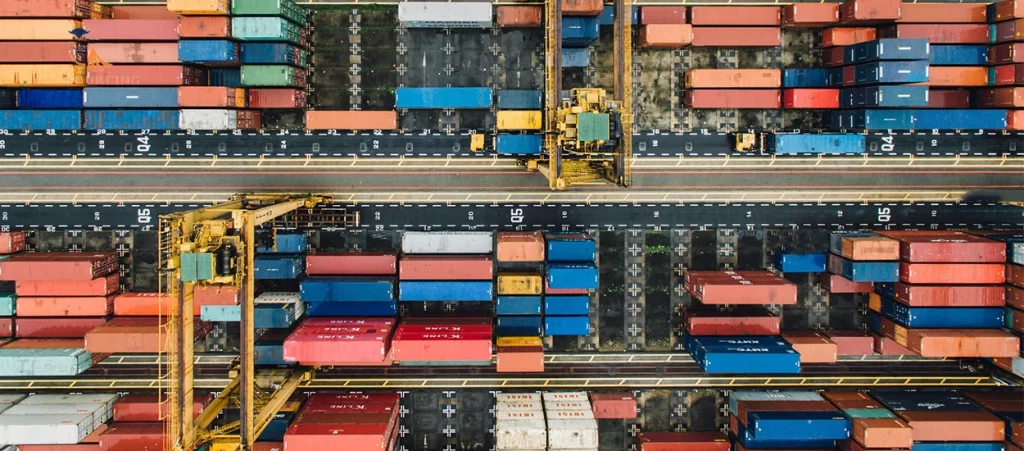
Decide on the most suitable mode of transportation based on cost, volume, and urgency. Work with a freight forwarder or China shipping agent experienced in importing from China. Plan for potential shipping delays and manage your inventory accordingly.
Step 6: Clear Customs
Understand your country’s import regulations, taxes, and duties for sports and fitness equipment. Ensure all necessary documentation, such as the Bill of Lading, invoices, and packing lists, are accurate and complete. You can work with a customs broker to facilitate the customs clearance process.
Step 7: Receive and Inspect Goods
Once the goods arrive, inspect them immediately for quality and accuracy. Check for any damages or discrepancies with the order.
If issues are found, contact the supplier to discuss returns, refunds, or replacements.
Note: Some Chinese suppliers may not pay attention to quality control; they are only interested in the money in your wallet!
How much does it cost to Import Sports & Fitness from China?

When calculating the total cost of importing sports and fitness from China, expect it to be approximately 25-30% of your goods’ cost. The costs associated with importing from China include transportation expenses, inspection charges, fees for customs brokers, as well as import duties and taxes.
Here is an outline of these costs:
Transportation expenses: The cost of shipping from China varies depending on the incoterms applied and the weight of your goods. There will also be an additional charge for transporting the goods from the port to your destination.
Inspection and entry port fees: Cargo inspections by the CBP are conducted randomly. The cost of these inspections can range from $100 to over $1000, depending on the inspection type. Besides, there may be extra entry port fees such as harbor maintenance charges.
Customs broker charges: Engaging a customs broker can simplify the import process. They assist with navigating the process, obtaining necessary permits, and managing port customs clearance. Their fees can range from around $100 to $300 or more, based on the volume of goods and the complexity of the required documentation.
Import duties and penalties: Import duties are calculated based on the type and value of the product. If there are any delays on your part, you might face fines from the CBP.
Tip: Choosing the right shipping method can save you money.
| Aspect | Sea Shipping | Air Shipping | Rail Shipping | Express Shipping |
| Speed | Slow | Fast | Moderate | Very Fast |
| Cost | Low | High | Moderate | High to Very High |
| Capacity | Large Volumes | Limited | Large Volumes | Small Packages |
| Distance | Long Distance | Long Distance | Moderate to Long | Short to Long |
| Flexibility | Low | Low | Moderate | High |
| Suitability | Bulk and Non-Perishable Goods | Urgent and High-Value Goods | Bulk Goods | Small, Urgent Shipments |
How to Overcome Challenges When Importing Sports & Fitness from China?
When importing sports and fitness products from China, it’s also important to be aware of the potential risks or challenges you may encounter during the process. Some issues related to product quality testing can even impact your entire trade operation, as product quality is extremely important to customers.
Below are some common challenges encountered when importing from China and solutions on how to address them:
Navigating Legal and Regulatory Requirements
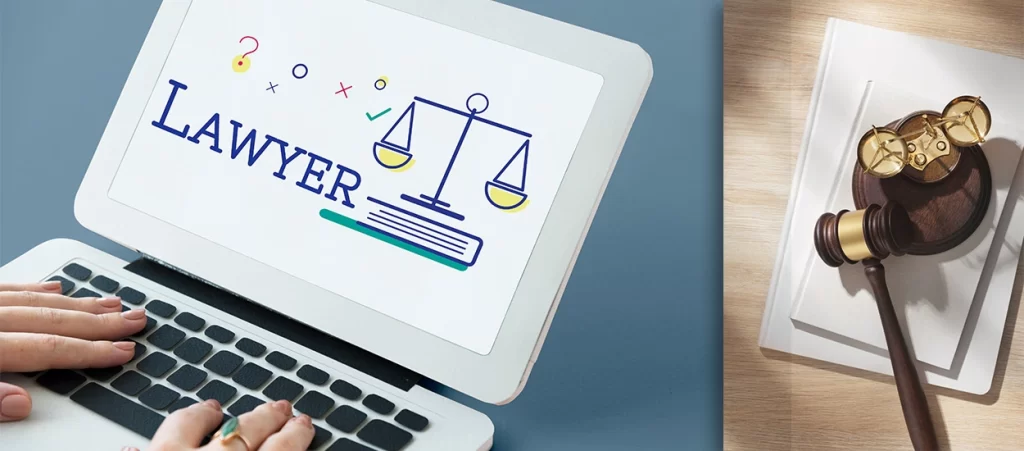
Importers of all products have the responsibility to ensure they meet all relevant safety standards, labeling regulations, and documentation requirements.
Electronic items must adhere to electrical safety standards. In the European Union, this includes the Low Voltage Directive, EMC, and RoHS regulations.
In the United States, importers need to comply with FCC Part 15 concerning radio communications, along with voluntary Underwriter Laboratories standards.
With the ongoing global trend towards health and fitness, it’s inevitable that more specific safety standards for gym equipment will be implemented soon.
Quality Control and Assurance
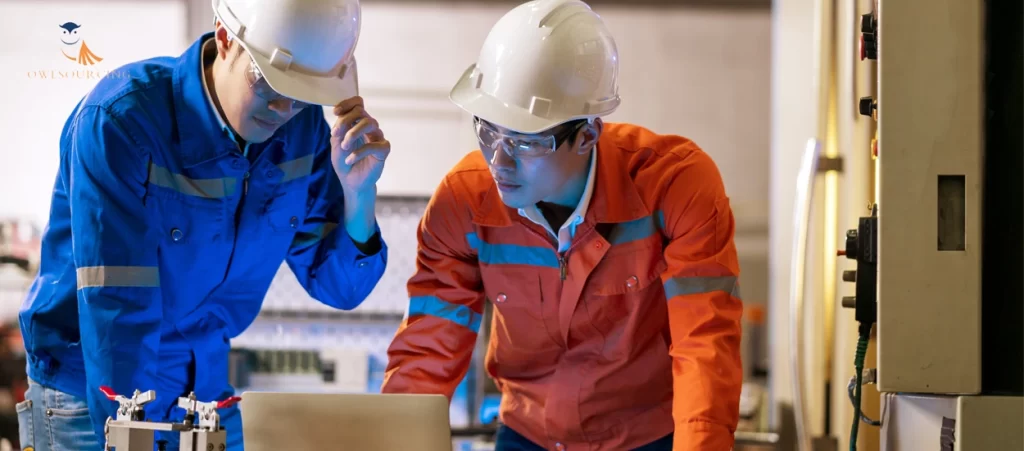
Please pay great attention to the importance of quality in trade!
Some suppliers might change the materials used in product manufacturing.
Let me give you an example: our team members discovered during an inspection of dumbbells that the supplier had not used cement and sand as required. To cut costs, they had used only dirt as the material for the product!
The cost of saving money was the reduction in product quality. Consequently, our members sternly reprimanded their actions and terminated the cooperation with that supplier. Owlsourcing ensures that products meet clients’ requirements and places a strong emphasis on quality control.
Overcoming Language and Cultural Barriers
The most immediate challenge is the potential for miscommunication due to language differences. Misunderstandings can lead to errors in product specifications, quantities, and delivery schedules.
Misinterpretations due to language barriers can lead to non-compliance with legal and contractual agreements, potentially leading to financial losses and legal issues.
Use technology and tools that facilitate better communication, like instant messaging apps with translation features, which can aid in day-to-day communication.
Adapting to Market Changes

As mentioned at the beginning of the article – the market is always changing, and you need to conduct regular market research to understand current trends and adjust your product procurement strategy on time.
At the same time, you need to stay informed about changes in relevant laws and regulations to ensure your products comply with the latest standards, otherwise, they might not clear customs.
Final Thoughts
After reading the entire article, have you realized that importing sports and fitness products from China isn’t that difficult? You only need to follow these seven steps: research the products, verify Chinese suppliers, order product samples from Chinese suppliers, negotiate terms, ship, clear customs, and inspect the goods. Next, you need to be aware of potential risks or challenges you may encounter. Well, this might not be an easy task.
Don’t worry, Owlsourcing offers product sourcing services to find reliable Chinese suppliers and focus on every aspect during the procurement process. Not just quality checks and product packaging, we also provide product customization services to give your products a fresh look and a competitive edge in the market.

Of course, if you are interested in working with us, please feel free to contact us. Our customer service will get in touch with you promptly.


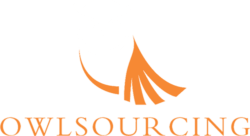
2 thoughts on “Import Sports & Fitness from China: A Step-by-Step Guide”
Thank you, Andy, I liked your article. What quality standards should I look for in Chinese sports and fitness products?
Hi Tay,
Thank you very much for your recognition. For Chinese sports and fitness products, quality standards can be examined from several key aspects: first, the quality and durability of the materials, second, whether the functionality of the product meets specific sports needs, and third, compliance with safety standards and certifications. The last thing is user comfort and experience. It is recommended that when purchasing, pay attention to whether the product has corresponding quality certification and user reviews. These are important references for judging product quality.
Hope these suggestions are helpful to you.
Andy